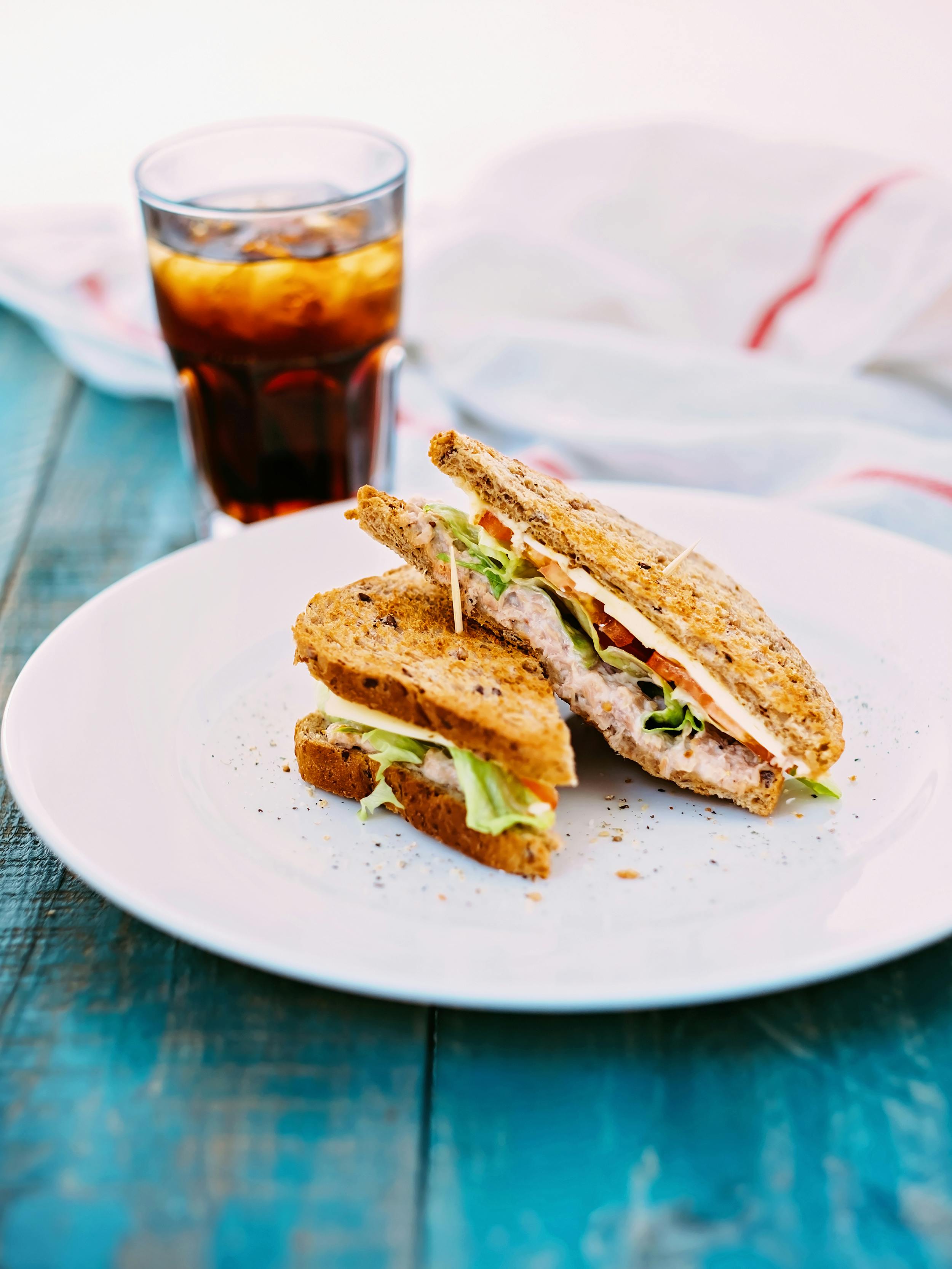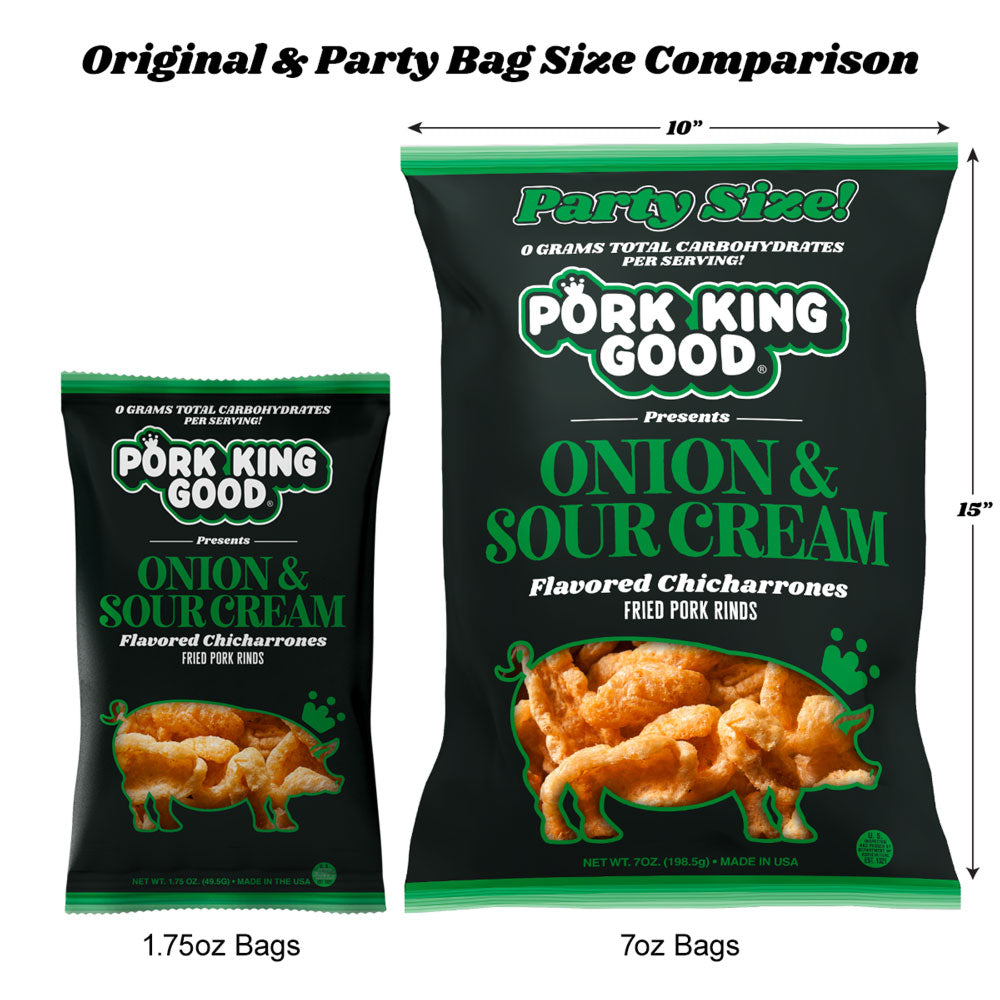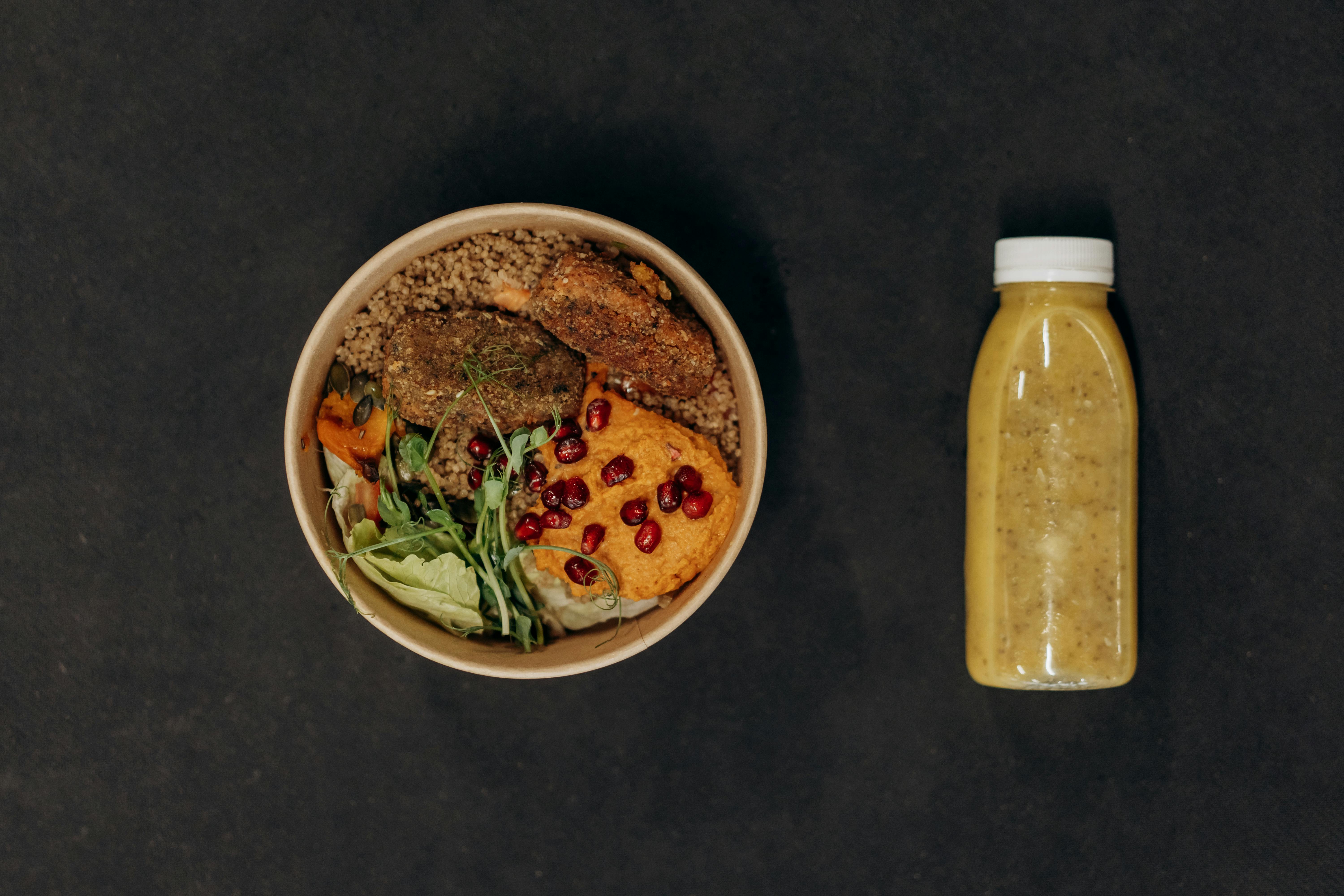Discover the Essential Guide to the FODMAP Diet in 2025: Proven Tips for Better Digestion!

The FODMAP diet has gained increasing attention in recent years, especially within the realm of digestive health. In 2025, more individuals are exploring this dietary approach to alleviate symptoms associated with irritable bowel syndrome (IBS) and enhance overall gut health. This article serves as your complete guide to understanding and effectively implementing the FODMAP diet, including insights on low FODMAP foods, meal plans, and delicious recipes.
Following a low FODMAP diet can provide numerous benefits, such as improved digestion, reduced bloating, and heightened awareness of individual food triggers. We'll navigate through key aspects such as the FODMAP elimination diet, FODMAP-friendly snacks, and helpful tips for maintaining this dietary lifestyle. By the end of this article, you'll be equipped with the knowledge needed to embrace the FODMAP approach confidently.
Get ready to dive into the world of digestive wellness with the essential FODMAP resources, including meal ideas, shopping lists, and expert insights. Unlock the power of FODMAPs to transform your relationship with food and your health!
Understanding FODMAPs and Their Impact on Digestion
Building on the fundamentals, it's crucial to understand exactly what FODMAPs are and how they affect your digestive system. FODMAPs, or fermentable oligosaccharides, disaccharides, monosaccharides, and polyols, are short-chain carbohydrates that some people find hard to digest. For instance, foods high in FODMAPs can lead to increased gas, bloating, and discomfort for those sensitive to them.
What are FODMAPs?
FODMAPs include various types of carbohydrates that are not fully absorbed in the small intestine. This can lead to food intolerance symptoms, especially for individuals with IBS. The groups of FODMAPs include:
- Oligosaccharides: Found in wheat, rye, onions, and garlic.
- Disaccharides: Largely lactose, which is found in milk and dairy products.
- Monosaccharides: Mainly fructose, prevalent in fruits such as apples and honey.
- Polyols: Sugar alcohols like sorbitol and mannitol found in some fruits and artificial sweeteners.
Symptoms Associated with FODMAP Sensitivity
Many individuals experience discomfort after consuming high FODMAP foods. Symptoms can include gas, bloating, fatigue, and irritability, all of which can impact overall wellness. Understanding these symptoms is crucial for managing digestive health effectively.
The Role of Gut Health in Digestive Disorders
Gut health plays a pivotal role in overall well-being. Including FODMAPs in your diet may disrupt gut flora and lead to digestive discomfort. Optimizing gut health through tailored dietary adjustments is essential, especially for those managing IBS or similar disorders.
Getting Started with the FODMAP Diet
With these basics established, taking the plunge into the FODMAP diet requires some planning and awareness. Starting your journey involves understanding how to eliminate high FODMAP foods while gradually reintroducing them to identify personal triggers.
Creating a Personalized FODMAP Plan
Each individual's FODMAP sensitivity varies, which is why creating a personalized approach is critical. Begin by keeping a food diary to track your symptoms relative to food intake.
FODMAP Elimination: A Step-by-Step Guide
The elimination phase is the core of the FODMAP diet. During this period, high FODMAP foods are removed from your diet to assess symptom improvement. This phase typically lasts 4-6 weeks, allowing your body to adjust and subsequently identify intolerances through gradual reintroduction.
Planning Your FODMAP Meals
Meal planning is crucial to ensure a balanced intake of nutrients while adhering to the FODMAP guidelines. This includes incorporating low FODMAP foods such as spinach, carrots, and certain grains into your diet. Check out our FODMAP shopping list for a comprehensive guide.
FODMAP-Friendly Foods: What to Include in Your Diet
With the foundation of the FODMAP diet set, let's explore the foods you can enjoy while avoiding discomfort. Knowing which foods are low in FODMAPs enables better meal planning and dietary choices.
Low FODMAP Foods to Embrace
Incorporating low FODMAP options is vital for successfully following this diet. Focus on foods such as:
- Fruits: Bananas, blueberries, and strawberries.
- Vegetables: Carrots, potatoes, and zucchini.
- Grains: Quinoa, rice, and oats.
- Proteins: Eggs, chicken, and tofu.
High FODMAP Foods to Avoid
Conversely, awareness of high FODMAP foods is critical. Avoid items like garlic, onions, and wheat-based products to minimize digestive issues. For a complete list of foods, refer to our FODMAP diet foods list.
FODMAP and Snack Options
Maintaining a low FODMAP diet need not be restrictive. There are plenty of FODMAP-friendly snacks, such as rice cakes with peanut butter or popcorn. Experimenting with different ingredient combinations can help discover tasty and safe options.
Cooking with FODMAP: Creating Delicious Meals
As you become familiar with what constitutes FODMAP-friendly options, the next step is mastering how to cook delicious meals while adhering to the diet. Using FODMAP recipes can make meal prep enjoyable and fulfilling.
Easy FODMAP Recipes to Try
Here are some easy recipes to incorporate into your meal plan:
1. Zucchini Noodles with Pesto: Swap traditional pasta for spiralized zucchini with a homemade basil pesto.
2. Grilled Chicken with Quinoa Salad: Pair grilled chicken breast with a refreshing quinoa salad, loaded with low FODMAP veggies.
3. Berry Smoothie: A blend of low FODMAP fruits like strawberries with lactose-free yogurt is a perfect breakfast option.
Cooking Tips for Success
When preparing meals, focus on fresh ingredients while avoiding processed options. Familiarize yourself with substituting high FODMAP ingredients to create delicious, low FODMAP meals.
FODMAP Meal Prep for Busy Lives
Meal prepping can save time and ensure you always have FODMAP-friendly meals ready. Preparing components in advance—like cooked grains and chopped veggies—makes assembling meals easier throughout the week.

Dining Out on a FODMAP Diet
As you navigate the social landscape of dining out, learning to apply FODMAP principles in restaurants can be challenging. Equipping yourself with knowledge empowers you to make informed choices while still enjoying meals with friends or family.
Tips for Restaurant Dining
When ordering, communicate clearly with restaurant staff about your dietary needs. Opt for simple dishes, and don’t hesitate to ask about ingredients. This will help you avoid high FODMAP components in your meal.
Exploring FODMAP-Friendly Cuisine
Many cuisines naturally lend themselves to low FODMAP dining, such as Japanese and certain Mediterranean dishes. Embrace new culinary experiences while adhering to your dietary needs.
FODMAP Diet Benefits for Enhanced Wellness
It's worthwhile to reflect on the long-term advantages of following a FODMAP diet—ranging from improved digestive health to increased energy levels. Harnessing the benefits leads to mindful food choices and self-advocacy in your dietary journey.
Q&A: Common Questions About the FODMAP Diet
Can I Follow the FODMAP Diet Long-Term?
The FODMAP diet is not designed to be a lifelong commitment. Instead, it aims to provide a framework for understanding personal food triggers and managing digestive issues effectively.
What Should I Do If I Experience Symptoms?
If digestive symptoms persist despite following a low FODMAP diet, consult with a healthcare professional. It may be beneficial to assess your approach or explore further dietary modifications.
Are There Alternatives to High FODMAP Ingredients?
Absolutely! Many low FODMAP substitutes exist, such as using garlic-infused oils instead of whole garlic or lactose-free dairy products.
In conclusion, understanding FODMAPs and effectively integrating this diet can profoundly impact your digestive health, especially for individuals with IBS. Embrace this journey toward better gut wellness with the abundance of resources at your disposal! Enjoy discovering and preparing FODMAP-friendly recipes that bring joy to your meals.
